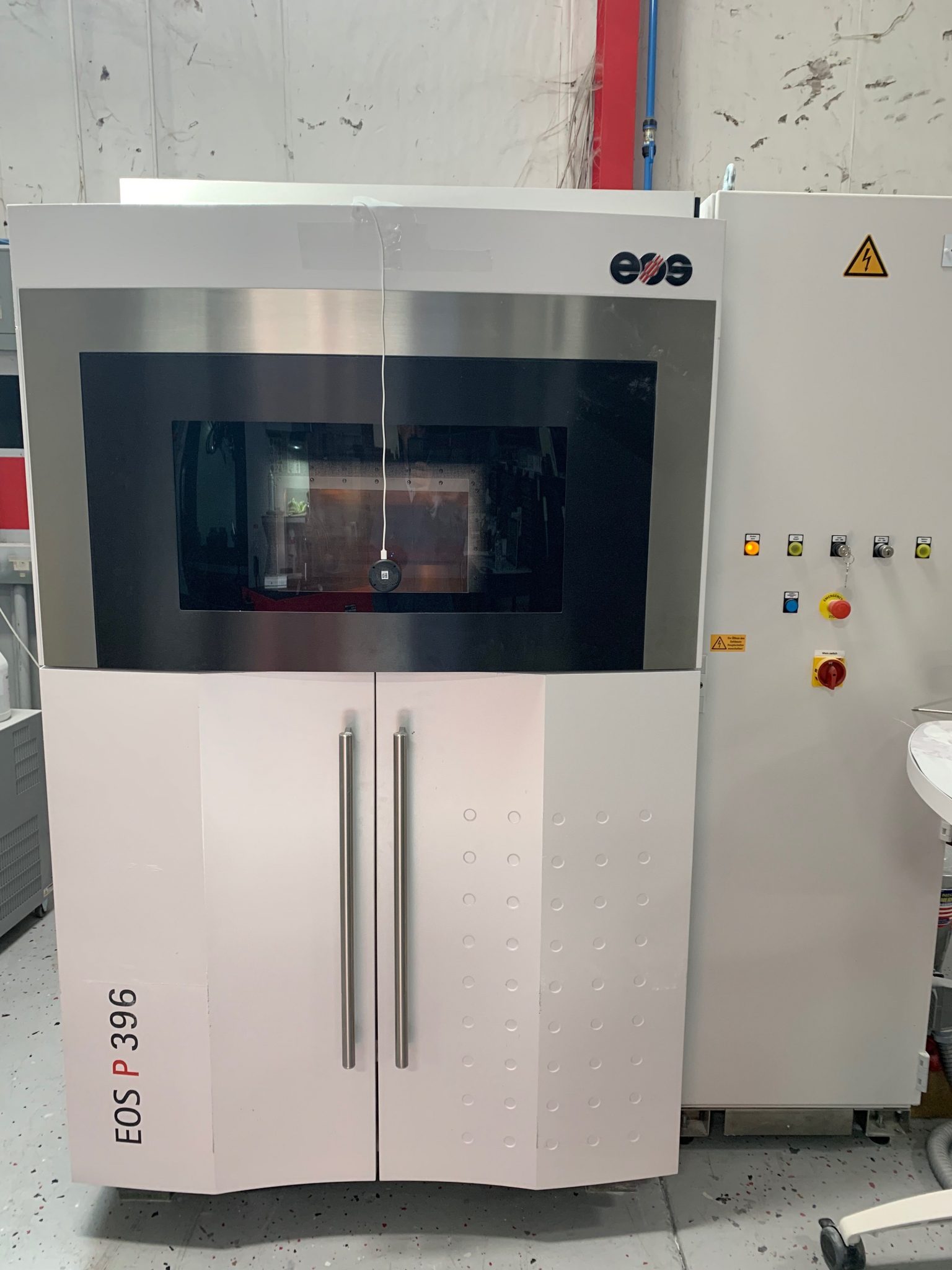With 3D printing, material makes all the difference for just about everything. Different materials are approached differently with 3D printing thanks to their different properties. The end result varies, as well, as some kinds of material have different properties. Knowing what material to 3D print is important when it comes to planning your design. You need to be sure to select one that does what you want and can be printed economically.
Nylon
Nylon is the most commonly used material. Nylon’s flexibility and toughness makes it great for a lot of everyday applications. It is also often cheaper and faster to print than metal, making it a good alternative in some circumstances.
Nylon is also economically viable for most projects. It is versatile but not expensive and is not likely to warp during printing. Unlike some materials, it is easy to print in almost any color without additional treatment. Manufacturers have also managed to create variants on nylon, including filaments that can be printed at lower temperatures, making it possible to use nylon on less expensive, lower-temperature printers.
Nylon is a good choice for just about any project, thanks to its strength, flexibility, and cost. Unless you have a part that requires more specialized use, nylon is the best choice.
Metals
Metal is a very useful material for 3D printing. After all, we use metal for all sorts of things, including parts and medical implants. Many different metals can be 3D printed, including steel, gold, aluminum, titanium, and a variety of alloys. Metal is printed by sintering a powdered form of it layer by layer. It can also be printed by layering the powder into a base material which is dissolved away in post-processing, leaving the metal behind. This results in a very strong product and testing has shown that 3D printed metal products have all the properties of products made with casting or machining, though with far more creative and customizable possibilities.
Plastics
Plastics are commonly used for 3D printing. This is because it is liquid when heated and very economical. There are many different kinds of plastics out there with a wide variety of properties. Here is an overview of the most common plastics used for 3D printing:
- ABS– This low-cost material is very tough and can withstand a lot of heat, making it ideal for many applications from personal to industrial.
- PLA– This is the most commonly used 3D printing material, thanks to its low cost and high accuracy to the design. It is also very easy to use.
- TPU– These flexible filaments are very elastic, perfect for any product that you want to stretch and bend.
- PETG– This is a very easy material to print. Products are very smooth and water resistant.
- ASA– This material is similar to ABS but has higher UV, heat, and impact resistance, making it a good choice for products that will be used outdoors for long periods.
- Polypropylene– This has a lot of fatigue resistance and is semi-flexible. Together with its lightweight, these characteristics make it great for high-cycle, low-strength uses, such as containers.
There are a lot of options out there for 3D printing plastics, but these are the most common and cover most uses.
Carbon Fiber
Carbon fiber is 3D printed by infusing the fibers into a base material, usually plastic. Carbon fiber makes products stronger and stiffer as well as very lightweight. However, it can be difficult to print, resulting in longer printing time and more cost.
Polycarbonate
This high-strength material is used to create products that need to be strong enough to take a lot of abuse. It is very impact and heat resistant. It can be bent without breaking. It is also naturally transparent. However, polycarbonate absorbs moisture from the air, which means that it can have print defects and is prone to warping. It also requires very high temperatures to print. All of this means that polycarbonate, like carbon fiber, takes longer and costs more to print than more common plastic options.
These are only some of the more common and useful options out there for 3D printing material. One of the amazing things about the world of 3D printing is that it is constantly seeing new developments and experiments with materials and techniques. Engineers and scientists are constantly coming up with new ways to use this incredible technology.
At Jawstec, we know just what material is perfect for your product. Our team has years of experience with 3D printing. We can help you decide on what material is ideal for your product, whether it is a custom part for a project or a unique figurine for a tabletop hobby. Contact us today for a 3D print quote.

0 Comments